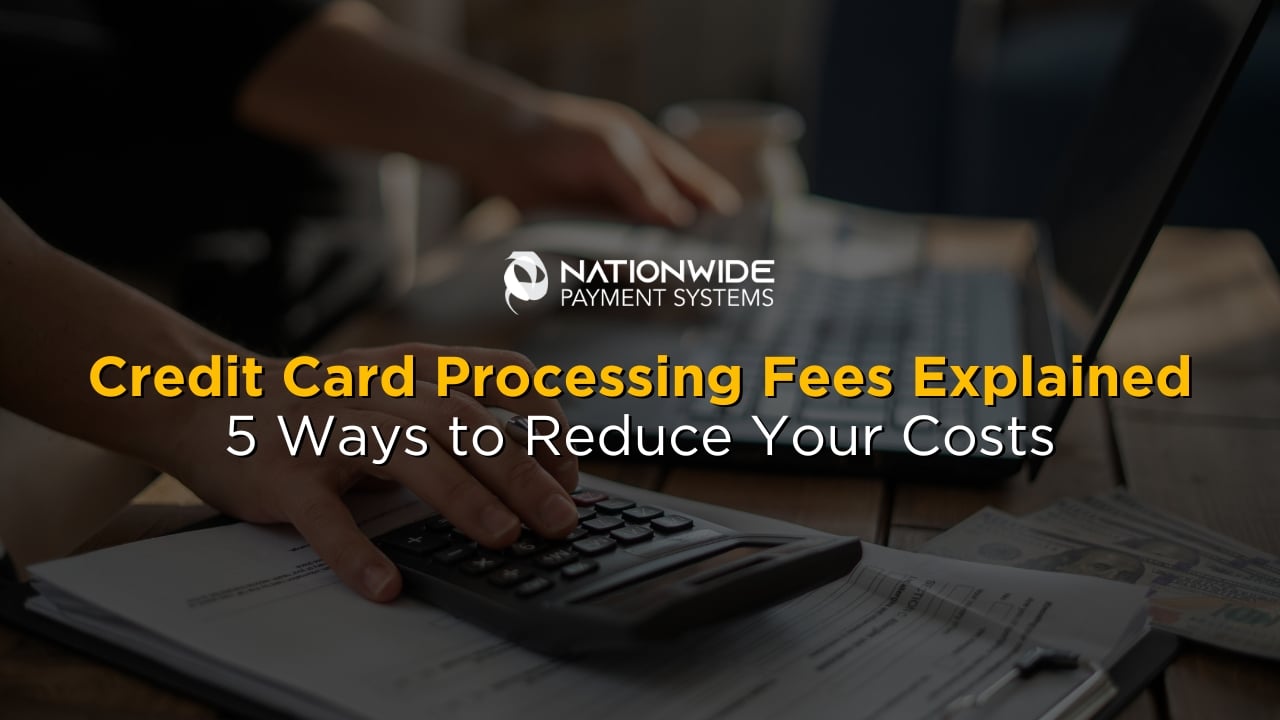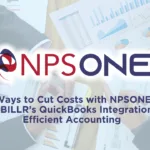Credit Card Processing Fees Explained: 5 Ways to Reduce Your Costs
If you accept credit card payments, you’ve probably wondered—why are the fees so high? Processing fees can take a big chunk out of your revenue, but the good news is, you can lower them.
This guide explains how credit card processing fees work and five smart ways to reduce them without compromising service or security.
Understanding Credit Card Processing Fees
Every time a customer pays with a card—whether in person or online—you pay a processing fee. These fees typically include:
- Interchange Fees – Set by Visa, Mastercard, etc., and paid to the card-issuing bank.
- Assessment Fees – Charged by card brands (Visa, Mastercard, etc.).
- Processor Markup – Your payment processor’s fee for handling the transaction.
- Other Fees – Monthly fees, chargeback fees, PCI compliance fees, etc.
Average Cost Breakdown
- In-Person Transactions: 1.5% – 2.9%
- Online Transactions: 2.9% – 3.5% (higher risk)
- High-Risk Merchants: May pay 4% or more
5 Ways to Lower Your Payment Processing Fees
1. Choose the Right Payment Processor
Not all processors are equal—some add hidden markups or lock you into expensive contracts. Look for a provider with transparent pricing, tailored solutions, and real customer support (not just email assistance).
✅ Pro Tip: At Nationwide Payment Systems, we review your current statements to pinpoint where you’re overpaying.
2. Negotiate Rates If You Process High Volume
If your business processes over $20,000/month in credit card sales, you can negotiate lower fees. Payment processors are willing to cut rates to retain or win your business.
✅ Don’t be afraid to ask. Like insurance or phone plans, rates are negotiable!
3. Consider Dual Pricing or Surcharging
Want to eliminate fees altogether? You can:
- Offer dual pricing (cash vs. card price).
- Implement a compliant surcharge program, where customers who pay with cards cover the processing fee.
✅ This is legal in most states and helps you keep more of your revenue.
4. Avoid Flat-Rate Services Like Stripe or Square
Stripe and Square are easy to set up but use flat-rate pricing (e.g., 2.9% + 30¢ per transaction). If your average ticket size is over $25, you’re probably overpaying compared to interchange-plus pricing with a direct merchant account.
✅ A customized merchant account often saves businesses money.
5. Ensure You’re PCI Compliant
Failure to comply with PCI DSS standards can result in extra monthly fees or higher risk ratings.
- Complete an annual PCI compliance questionnaire.
- Use secure payment methods to protect your business from penalties.
✅ Nationwide Payment Systems provides free tools and reminders to help merchants stay compliant.
Final Thoughts
Understanding your credit card processing fees is the first step toward reducing them. At Nationwide Payment Systems, we specialize in helping businesses lower costs while improving payment systems.
Whether you run a retail store, restaurant, or e-commerce business, we can analyze your setup and recommend smarter, more cost-effective solutions.
✅ Get a FREE Statement Review
Explore your current spending and identify opportunities for savings by clicking the contact us button.
CLICK HERE TO FIND MORE ABOUT OUR PROGRAMS
FAQ: Frequently Asked Questions
What’s the average credit card processing fee for a small business?
Around 2% to 3.5%, depending on your industry and how payments are accepted.
Is it legal to pass credit card fees to customers?
Yes, in most states. It must be done transparently and comply with card brand rules.
What’s the difference between interchange and processor fees?
Interchange is set by the card networks. Processor fees are the markup added by your payment provider.
How do online payments compare to in-person payments in fees?
Online transactions are riskier and typically have higher fees.
Are there hidden fees for which I should watch?
Yes—monthly minimums, PCI non-compliance, and batch fees are common.







